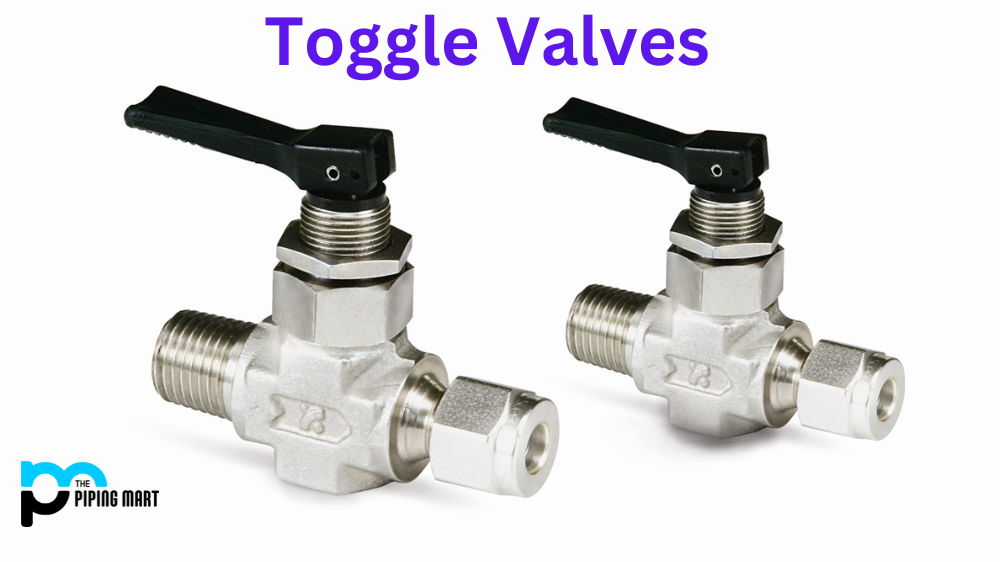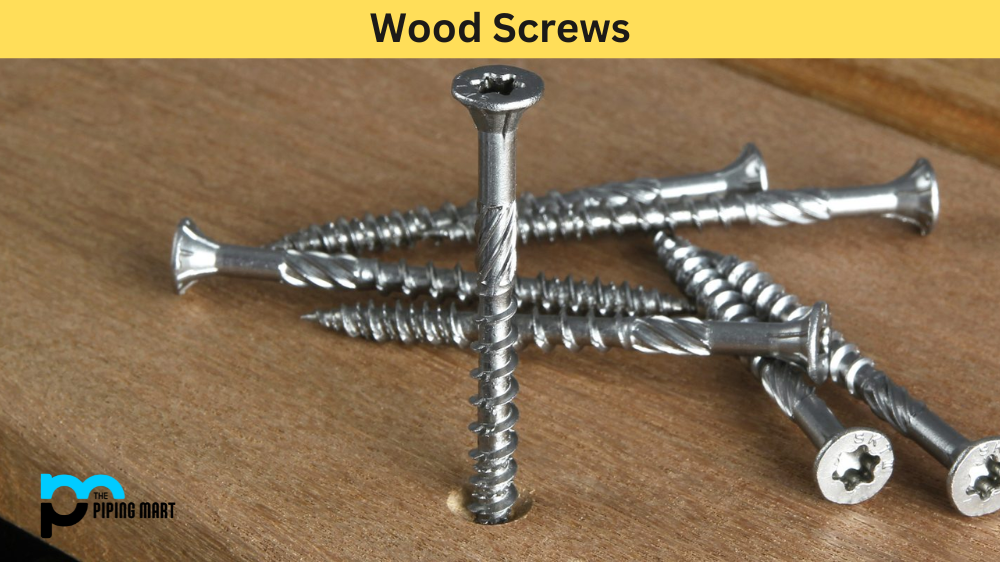Hydraulic fittings are crucial in connecting different parts of a hydraulic system. They are responsible for the proper fluid flow and ensure the system remains leak-free and efficient. However, with so many types of fittings available in the market, choosing the right one for your hydraulic system can take time and effort. In this blog, we will take a closer look at the different types of hydraulic fittings to help you make an informed decision.
Types of Hydraulic Fittings
Adapters
Adapters serve as connectors between different sizes or types of pipes or hoses. They can be male-to-female, female-to-male, or male-to-male. Adapters can also be categorized as straight, elbow, or tee adapters. Straight adapters offer a direct connection, while elbow and tee adapters are handy when you need to make a turn or combine two lines.
Couplings
Couplings are fittings that connect two shafts and transmit power from one post to another. In hydraulic systems, couplings can be rigid or flexible and come in various styles, such as dial-up, quick-release, and flange couplings.
Flanges
Flanges connect pipes or hoses by bolting two flanges together with a gasket in between. Flanges are typically made from metal and can withstand high pressure. They are commonly used in hydraulic systems where high pressure is expected, such as mining, construction, and manufacturing.
Hose Fittings
Hose fittings connect hoses to the rest of the hydraulic system. They can be crimped or put together with reusable fittings. The most common hose fittings are JIC, NPT, ORFS, and SAE. Choosing the proper hose fitting is essential to maintain the strength and integrity of the entire hydraulic system.
Valves
Valves control the flow of fluid in the hydraulic system. They can be manual or automatic and come in various types, such as balls, gates, and needle valves. Choosing the correct valve is crucial to control fluid flow and prevent leakages and damage.
Conclusion
Hydraulic fittings are crucial components of a hydraulic system, and choosing the right one is essential to ensure efficiency and safety. From couplings to valves, each fitting has its unique characteristics and importance. Understanding the differences between the types of hydraulic fittings can help you make an informed decision and save you from costly mistakes. Always consult a professional hydraulic expert before significantly changing your hydraulic system.
Sakshee is a talented blogger, with a particular focus on the Business and Metal Industry. She is passionate about sharing her insights on various metal products and helping professionals to make a better decisions.




